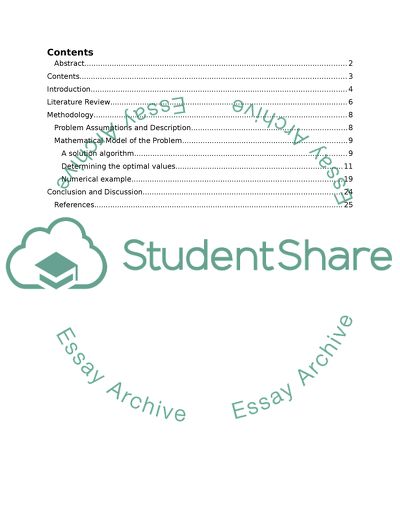Cite this document
(“Distributor retailer integrated inventory model (in supply chain) Essay - 1”, n.d.)
Distributor retailer integrated inventory model (in supply chain) Essay - 1. Retrieved from https://studentshare.org/engineering-and-construction/1690436-distributor-retailer-integrated-inventory-model-in-supply-chain
Distributor retailer integrated inventory model (in supply chain) Essay - 1. Retrieved from https://studentshare.org/engineering-and-construction/1690436-distributor-retailer-integrated-inventory-model-in-supply-chain
(Distributor Retailer Integrated Inventory Model (in Supply Chain) Essay - 1)
Distributor Retailer Integrated Inventory Model (in Supply Chain) Essay - 1. https://studentshare.org/engineering-and-construction/1690436-distributor-retailer-integrated-inventory-model-in-supply-chain.
Distributor Retailer Integrated Inventory Model (in Supply Chain) Essay - 1. https://studentshare.org/engineering-and-construction/1690436-distributor-retailer-integrated-inventory-model-in-supply-chain.
“Distributor Retailer Integrated Inventory Model (in Supply Chain) Essay - 1”, n.d. https://studentshare.org/engineering-and-construction/1690436-distributor-retailer-integrated-inventory-model-in-supply-chain.


